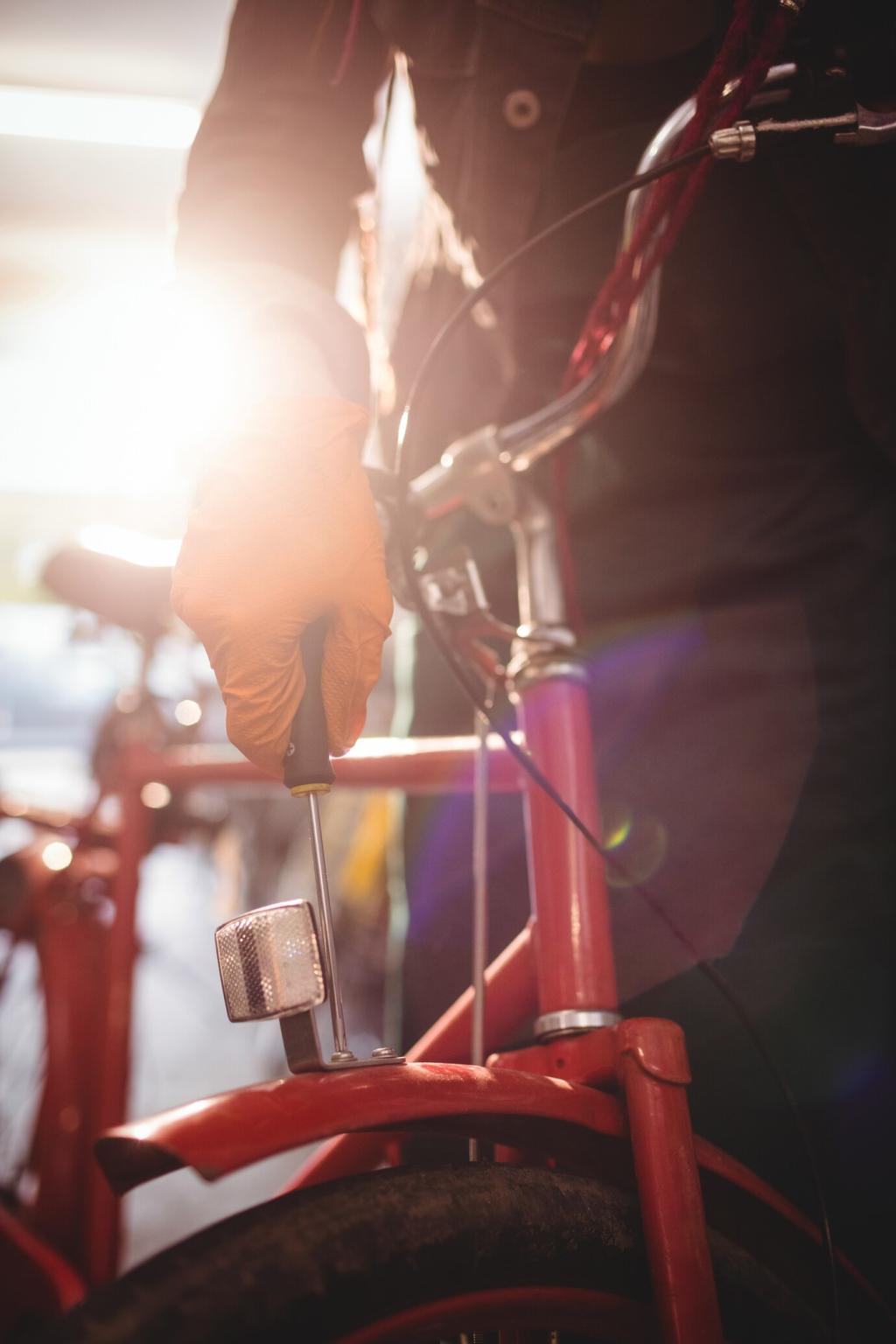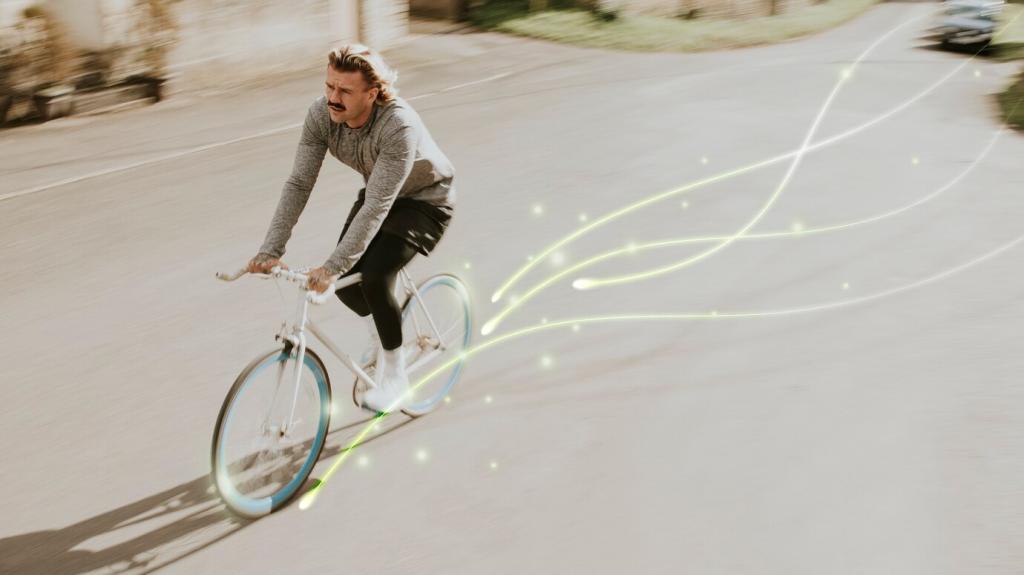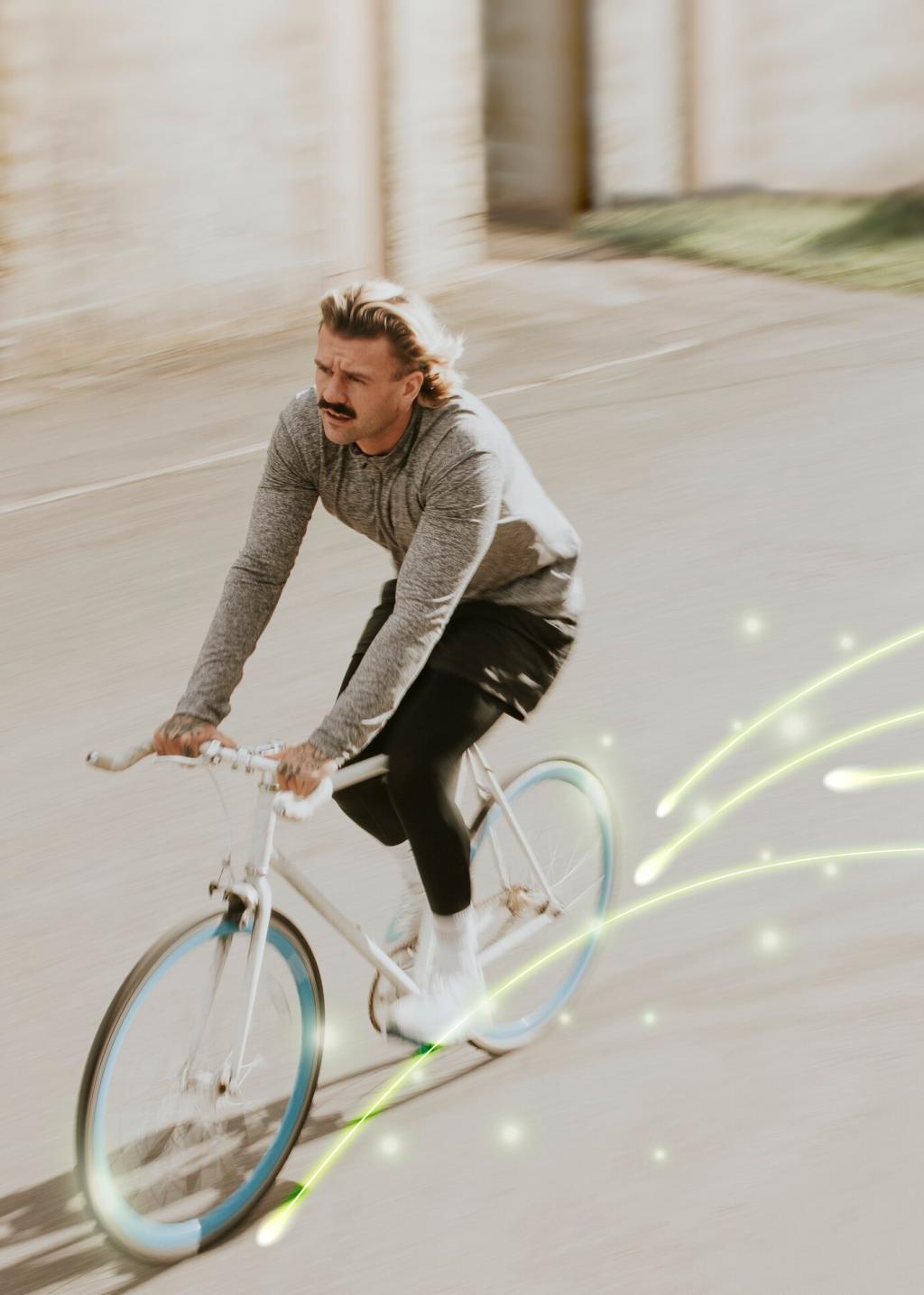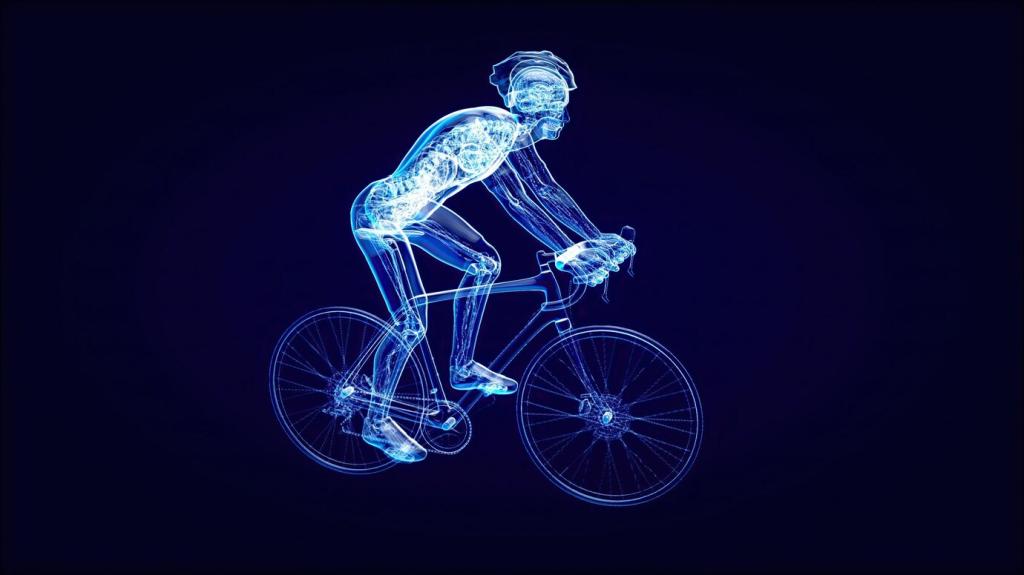Strategy: Reading Wind and Terrain
Scan course maps for ridgelines, lakesides, and open valleys. In crosswinds, present a narrower side profile by tucking elbows and keeping knees close. Choose lines with slight wind shelter from berms or brush. If riding in a small group, stagger safely to reduce wind load without kicking stones into friends.
Strategy: Reading Wind and Terrain
On steep climbs, aero matters less—focus on traction and cadence. On flats and shallow descents, lower your torso, smooth pedal strokes, and stay relaxed. On rough downhills, prioritize vision and breathing. Switch positions fluidly as terrain changes. Consistency beats hero moves that compromise control and safety.
Strategy: Reading Wind and Terrain
In a blustery short-track lap, a rider saved matches by tucking only on two exposed straights, then sitting tall for oxygen in the tech. The split times improved without raising average power. Try marking two “free speed” segments on your loop, then share your lap data with our community.






